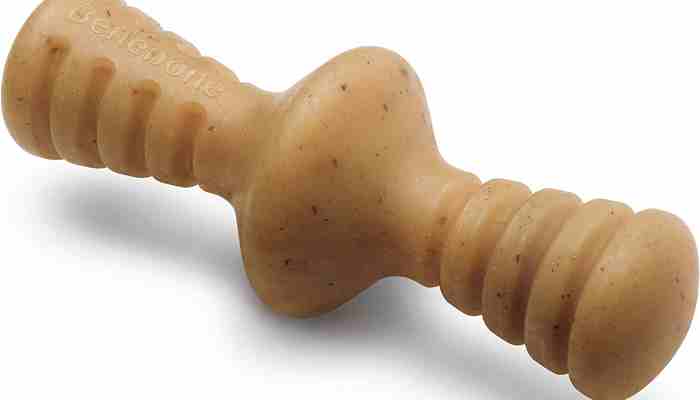Introducing chew toys to your dog is an important part of their training and overall well-being. Not only do chew toys provide mental stimulation, but they also help to keep your dog’s teeth clean and their jaws strong. However, introducing new toys can sometimes be a challenge for both you and your dog. In this article, we will provide some tips and tricks to make introducing chew toys to your dog a smooth and enjoyable process.
The first step in introducing chew toys to your dog is to select the right toy. You want to choose a toy that is appropriate for your dog’s size, age, and chewing strength. It’s important to choose a toy that is durable and safe for your dog to chew on. For example, if you have a large breed dog with a strong jaw, you will want to select a toy that can withstand their chewing power.
Once you have selected the right toy, it’s time to introduce it to your dog. The best way to do this is to make the introduction fun and positive. Start by giving your dog a treat or playing a game with them. Then, offer them the new chew toy. It’s important to let your dog sniff and investigate the toy on their own terms. Don’t force the toy on your dog, but rather allow them to explore it at their own pace.
If your dog seems hesitant about the new toy, you can try to make it more enticing. For example, you can try smearing a small amount of peanut butter or other tasty treat on the toy to make it more appealing. You can also play with the toy in front of your dog to show them how much fun it can be.
During the introduction process, it’s crucial to keep an eye on your dog. By doing this, you can be certain that your dog is secure and using the toy properly. Remove the toy from your dog and try again later if they begin to aggressively chew on it or begin to ruin it. To make the introduction successful, you might have to experiment with a different kind of toy or method.
In addition to introducing chew toys to your dog, it’s also important to establish good chewing habits. This means teaching your dog what they are allowed to chew on and what is off-limits. It’s important to provide your dog with plenty of appropriate chew toys, so they are less likely to chew on things they shouldn’t.
In conclusion, introducing chew toys to your dog is an important part of their training and overall health. By selecting the right toy, making the introduction fun and positive, and establishing good chewing habits, you can help your pup develop a healthy and enjoyable chewing behaviour. With patience and persistence, you can find the right chew toys that your dog will love and enjoy for years to come.

